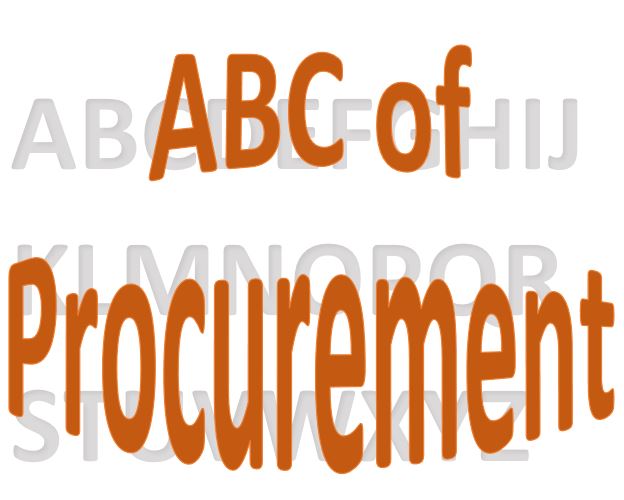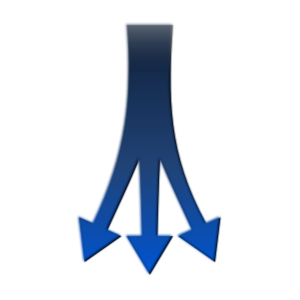Every team splits its activities and duties to use the specialist knowledge and efficiency that comes with it. We have receiving teams, packers and shippers in warehousing. Cost accountants and document checkers in finance and different teams in production.
The usual way of organizing the procurement team is Category Management. It originated from Marketing in the 80-s and soon found its way both into sales and procurement. A short definition would be:
“Bundling all procured goods and services based on their similarity.”
In a nutshell, the goods and services that the company procures are split based on the ability of the supplier to deliver. From there we have categories like steel, meats, IT, marketing, timber, cement. It allowed specialization among procurement professionals. Now they were able to learn more about the technology used, the market and the main players.
Yet, there is another way of doing it. Tried and tested in one of my previous companies.
A wise man told me once
“The ultimate job of the procurement is to meet the needs of the stakeholder”.
Hence, we did a bit of experimenting. And ended up splitting our categories by stakeholder. One buyer is taking care of only the main store needs. Food, non-food, whatever we hold for our day-to-day operations, he is handling it. The second buyer handles the production, F&B and administration. Whether it’s CAPEX, small equipment, menus or marketing material, all. And the third one takes care of facilities, cleaning, maintenance, safety and security. Nuts, bolts, cables, spare parts for equipment, paint, uniforms.
It has several benefits. First, communication and relationship have improved. Everyone knows who is his partner in the procurement team and they address each other. Second, the buyers got more specific knowledge and experience as they handle the process as a whole. For example, the buyer working with production knows the types of ovens, the trays that are suitable for the particular oven, which glove type is used to handle the tray. And third, we are collecting the spend by the department. This allows us to analyze and budget by the department for their different needs in the future. So next year we will be able to estimate how much will we spend on small equipment, uniforms and repair of kitchen equipment.
And, a third way is coming.
Recently WNS-Denali suggested splitting work through the end-to-end value process in their whitepaper. In short, one team deals with the strategy and portfolio. They work with stakeholders on new requirements, analyze the spent and planning the portfolio. Also, they are working on supplier relationship management. The second team is there to manage the source to contract process. Their focus is on sourcing, tendering and contracting. Since this process is now quite well covered by technology, human interaction becomes very limited. The third team is dealing with the procure-to-pay process. Their job is to issue LPO’s and documents administration. The third group is as well the one that tends to be replaced with technology first. These activities can be automatized and are not adding any value. The authors claim that this approach does remove all non-value adding activities from the category manager. Thus, he can focus solely on things that matter. From my point of view, that could provide great benefits in large organizations. Yet, we do not live in a perfect world, where every automated order will be executed. Where no out-of-stock happens with a supplier and no logistics errors and incidents happen. I do think that still, operational procurement staff will stay for some time. Not to issue LPO’s but to track the progress and react and solve issues that may happen. However, looks like the way forward.



